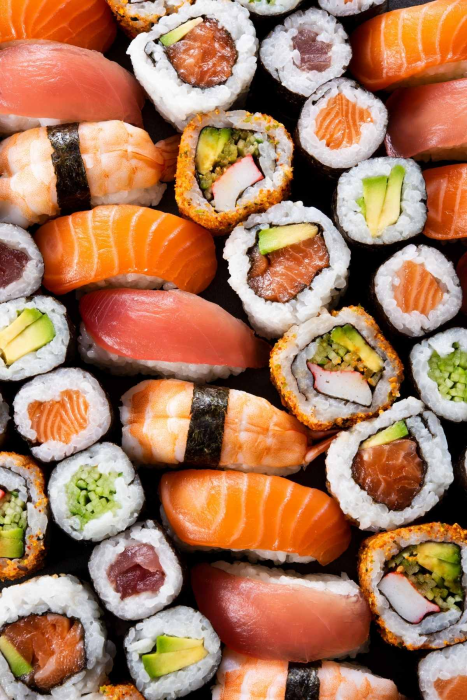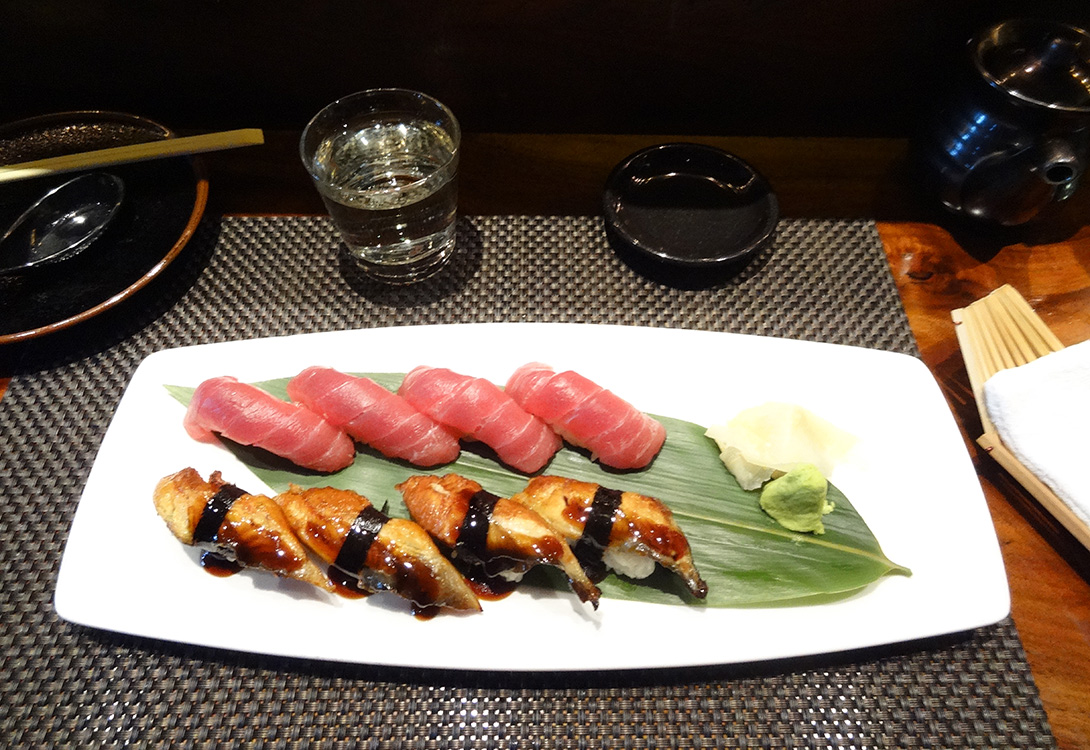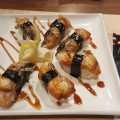
A Comprehensive Guide to Eating Sushi
Sushi, a traditional Japanese dish that has gained immense popularity worldwide, is not just a meal but an art form that combines flavors, textures, and aesthetics. While it might seem simple, there are numerous nuances and etiquettes associated with enjoying sushi to its fullest extent. Whether you’re a sushi aficionado or a newcomer, this comprehensive guide will take you through the journey of eating sushi, from choosing the right restaurant to mastering chopstick techniques and savoring each bite.
1. Choosing the Right Sushi Restaurant
The first step towards an enjoyable sushi experience is selecting the right restaurant. Research local establishments, read reviews, and consider the reputation of the chefs. Look for places that prioritize freshness, authenticity, and a comfortable dining atmosphere. Traditional Japanese sushi bars, known as “omakase” restaurants, often provide a more personalized and immersive experience.
2. Understanding Sushi Types
Sushi comes in various forms, each with its own unique characteristics. Understanding the different types can enhance your appreciation of the cuisine:
Nigiri
Nigiri sushi consists of a small hand-formed mound of rice topped with a slice of fish, seafood, or other ingredients. The rice is delicately seasoned with vinegar, salt, and sugar, adding depth to the overall flavor profile.
Sashimi
Sashimi refers to thin slices of raw fish or seafood served without rice. It showcases the pure flavors and textures of the seafood and is often accompanied by soy sauce, wasabi, and pickled ginger.
Maki
Maki sushi, also known as sushi rolls, features a combination of rice, fish, and vegetables wrapped in seaweed (nori). There are various types of maki, such as hosomaki (thin rolls) and uramaki (inside-out rolls).
3. Mastering Chopstick Techniques
Using chopsticks is an essential skill when eating sushi. Proper technique not only allows you to handle the delicate pieces gracefully but also shows respect for the art of sushi:
- Hold the chopsticks towards the end, not at the middle or close to the tips.
- Practice picking up small pieces of food to refine your control.
- When not using the chopsticks, rest them on the holder or on the provided rest.
4. Navigating Soy Sauce and Wasabi
Soy sauce and wasabi are commonly served with sushi to enhance flavors, but there’s a proper way to use them:
- Pour a small amount of soy sauce into the provided dish.
- Dip the fish, not the rice, into the soy sauce to avoid saturating the rice.
- If the sushi chef has already applied wasabi, avoid adding more. If not, use a small amount and mix it into the soy sauce before dipping.
5. Eating Sushi Gracefully
Eating sushi involves more than just consuming the food; it’s about savoring the experience:
- Size Matters: Eat sushi in one bite to fully appreciate the combination of flavors.
- Order Matters: Start with lighter, milder fish and progress to richer, fattier options.
- Chew Deliberately: Chew slowly to allow the flavors to unfold, and avoid slurping or making loud noises.
- Minimal Condiments: Use pickled ginger to cleanse your palate between bites and appreciate each sushi’s distinct taste.
- Appreciate Artistry: Take a moment to admire the craftsmanship before indulging.
6. Etiquette and Respect
When dining at a sushi restaurant, it’s important to observe proper etiquette:
- Greet the Chef: If sitting at the sushi bar, greet the chef when you arrive and thank them when you leave.
- Engage Moderately: Engage with the chef, but don’t distract them from their work.
- Be Punctual: If you have a reservation, arrive on time to ensure the freshest experience.
- Hands Over Chopsticks: When handed a piece of sushi by the chef, it’s respectful to use your hands to receive it.
7. Dessert and Closing
After enjoying your sushi feast, it’s customary to end the meal with a light dessert:
- Macha Ice Cream: Green tea ice cream is a popular choice, offering a subtle and refreshing flavor.
- Fruit Platter: A selection of fresh, seasonal fruits provides a delightful finish to the meal.
8. Reflecting on the Experience
As you conclude your sushi dining experience, take a moment to reflect on the flavors, textures, and cultural significance of the meal. Sushi embodies not only the mastery of culinary techniques but also the rich history and traditions of Japan.
In conclusion, eating sushi is more than just eating—it’s an immersive journey into a world of flavors, culture, and artistry. By choosing the right restaurant, mastering chopstick techniques, understanding the types of sushi, and respecting the etiquette, you can fully appreciate the intricacies of this exquisite cuisine. So next time you sit down for a sushi meal, remember to savor every bite and immerse yourself in the enchanting world of sushi.





